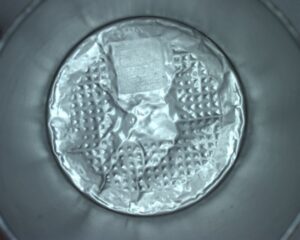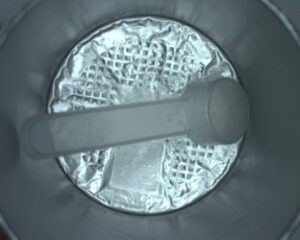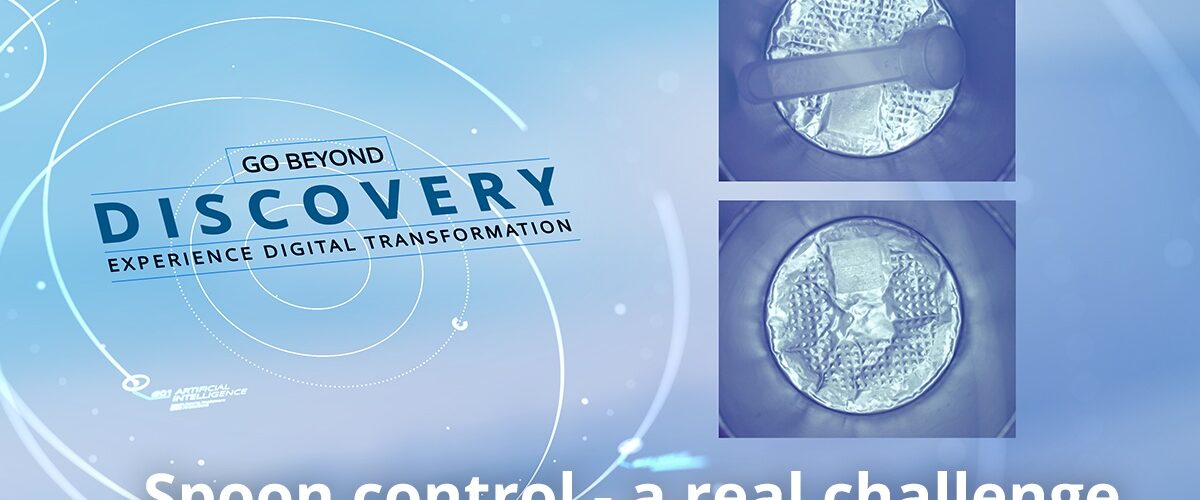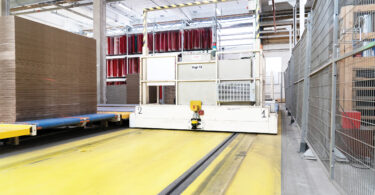Nestlé implements artificial intelligence solutions with deep learning software from SICK
The health science division of the world's largest food company, Nestlé, offers specialized products for people with specific nutritional requirements. For example, sip feeding and supplemental food, which are manufactured at the Osthofen plant in Germany. These specialized food sometimes need unique equipment like a scoop, this is where artificial intelligence can give the employees at Nestle some piece of mind.
The powder produced here under state-of-the-art conditions automatically ends up in special cans at the end of the manufacturing process. Before filling each container, a measuring scoop for easy and precise dosing is added. As part of the quality control process, each can is checked to ensure that a scoop has actually been applied.
“While a human eye can easily recognize whether a scoop has been enclosed,” said Marcus Kauf, an automation technician at Nestlé, “at a filling speed of over 80 cans per minute, it is no longer possible to do so without errors.”
“Spoon check”: a real challenge
That’s why the check was performed instead by a specially installed camera that counted the colored pixels of the plastic spoon. Nestlé recently started using a colorless scoop to improve recycling. These gray-tinted transparent scoops sit on top of aluminum foil of a similar color, which makes it difficult for a camera to identify the presence of the scoop. Many cameras have limitations identifying objects on corrugated, embossed, and reflective metal. This means a traditional solution with sensor-based image processing was not a good option.

dStudio: an innovative type of image processing
This is where the technology and know-how of SICK came into play. The key to the solution was Artificial intelligence (AI). AI very quickly, reliably, and consistently detects new patterns by collecting a large quantity of data that is interpreted directly by algorithms. From a theoretical view, algorithms specify a clearly defined procedure for solving specific tasks.
A 2D snapshot camera was used in conjunction with the integrated SICK software package “dStudio.” It detects transparent objects in any position and the system is continuously learning as well. The picoCam from SICK learns to “think” with the help of the integrated deep learning software “dStudio” from SICK AppSpace. Using this web service, neural networks can be “trained” with images of the enclosed scoop in a wide variety of positions. Just like humans can solve problems and make decisions in an ideal situation, so too does deep learning – only many times faster.

Camera technology keeps learning about image differences every day
“The taught-in decision-making algorithm is transferred to the camera system. This makes it able to independently detect significant image differences,” said Klaus Keitel, National Account Manager for Strategic Customers at SICK AG.
The camera can also be adapted to each new product without difficulty by re-training the neural network for the new circumstances. Furthermore, the intuitive operating entity interface does not require the user to have any specialist AI know-how or image-processing knowledge.
Inspection on the conveyor belt
The camera quickly and reliably checks every pack to see whether the dosing scoop is enclosed or not – with an error rate approaching zero. But what happens if the camera identifies the “No scoop” image? Then the system stops automatically. Once the missing scoop has been added, the camera software detects this and allows the system to continue running without the inconvenience of a manual restart.
“We conducted tests both in our laboratory and on site. This enabled us to demonstrate to the customer right up front just how confident we are with the solution,” Keitel said.
Thanks to this intelligent type of automation, Nestlé achieved an extremely high reliability in placing the measuring scoops while at the same time simplifying the implementation and offering flexible and expandable usage possibilities. That’s why SICK will be focusing even more in the future on applications in the area of AI-assisted image processing.
Want to learn more about applications like this?





